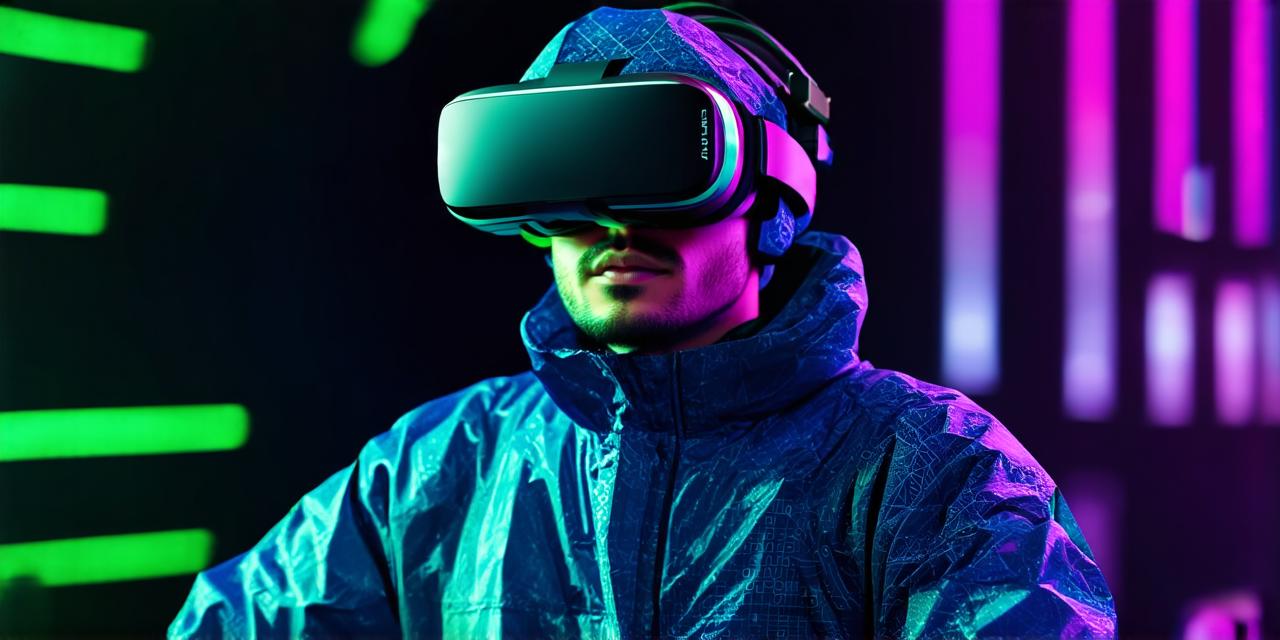Virtual Reality (VR) technology has come a long way since its inception, and it is now possible to create highly immersive virtual reality experiences using a variety of development tools.
Unity: The Most Popular VR Development Tool
Unity is by far the most popular VR development tool on the market. It was first released in 2004 and has since been used to create a wide range of virtual reality experiences, from simple games to complex simulations.
One of the main reasons why Unity is so popular is because it has a large and active community of developers who constantly update and improve the platform. There are also many resources available online, including tutorials, forums, and plugins, that can help you get started with VR development.
Another advantage of Unity is its flexibility. It supports a wide range of programming languages, including C and JavaScript, which means that you can use the tool to create VR experiences using the programming language that you are most comfortable with. This makes it easy to find developers who are proficient in your preferred programming language.
Case Study: The Virtual Production Company
The Virtual Production Company is a production company that specializes in creating virtual reality experiences for clients in the entertainment industry. They have used Unity to create a wide range of virtual reality experiences, including immersive advertising campaigns and interactive installations.
One of their most successful projects was a virtual reality experience they created for an automotive client. The experience allowed users to explore different car models and customization options in a virtual environment, which helped the client to increase sales.
Another advantage of Unity is its support for real-time graphics rendering. This means that you can create VR experiences that look and feel like they are happening in real-time, which can be especially useful for applications such as training simulations and surgical procedures.
Unreal Engine: A High-Performance VR Development Tool
Unreal Engine is another popular VR development tool that is widely used in the gaming industry. It was first released in 1998 and has since been used to create some of the most stunning virtual reality experiences on the market.
One of the main advantages of Unreal Engine is its high-performance graphics rendering capabilities. It uses advanced shading techniques and real-time lighting to create highly realistic and immersive environments that can be customized to suit your needs.
Another advantage of Unreal Engine is its support for scripting languages such as Blueprints and C++. This means that you can use the tool to create VR experiences using the programming language that you are most comfortable with, which makes it easy to find developers who are proficient in your preferred programming language.
Case Study: The Virtual Production Company
The Virtual Production Company has also used Unreal Engine to create virtual reality experiences for clients in the entertainment industry. One of their most successful projects was a virtual reality experience they created for a client in the automotive industry. The experience allowed users to explore different car models and customization options in a virtual environment, which helped the client to increase sales.
Another advantage of Unreal Engine is its support for real-time physics simulation. This means that you can create VR experiences that simulate real-world physical interactions, which can be especially useful for applications such as training simulations and surgical procedures.
A-Frame: A Web-Based VR Development Tool
A-Frame is a web-based VR development tool that was first released in 2015. It is designed to be easy to use, with a focus on creating virtual reality experiences using simple HTML and JavaScript code. This makes it ideal for developers who are new to VR development or who want to create quick prototypes.
